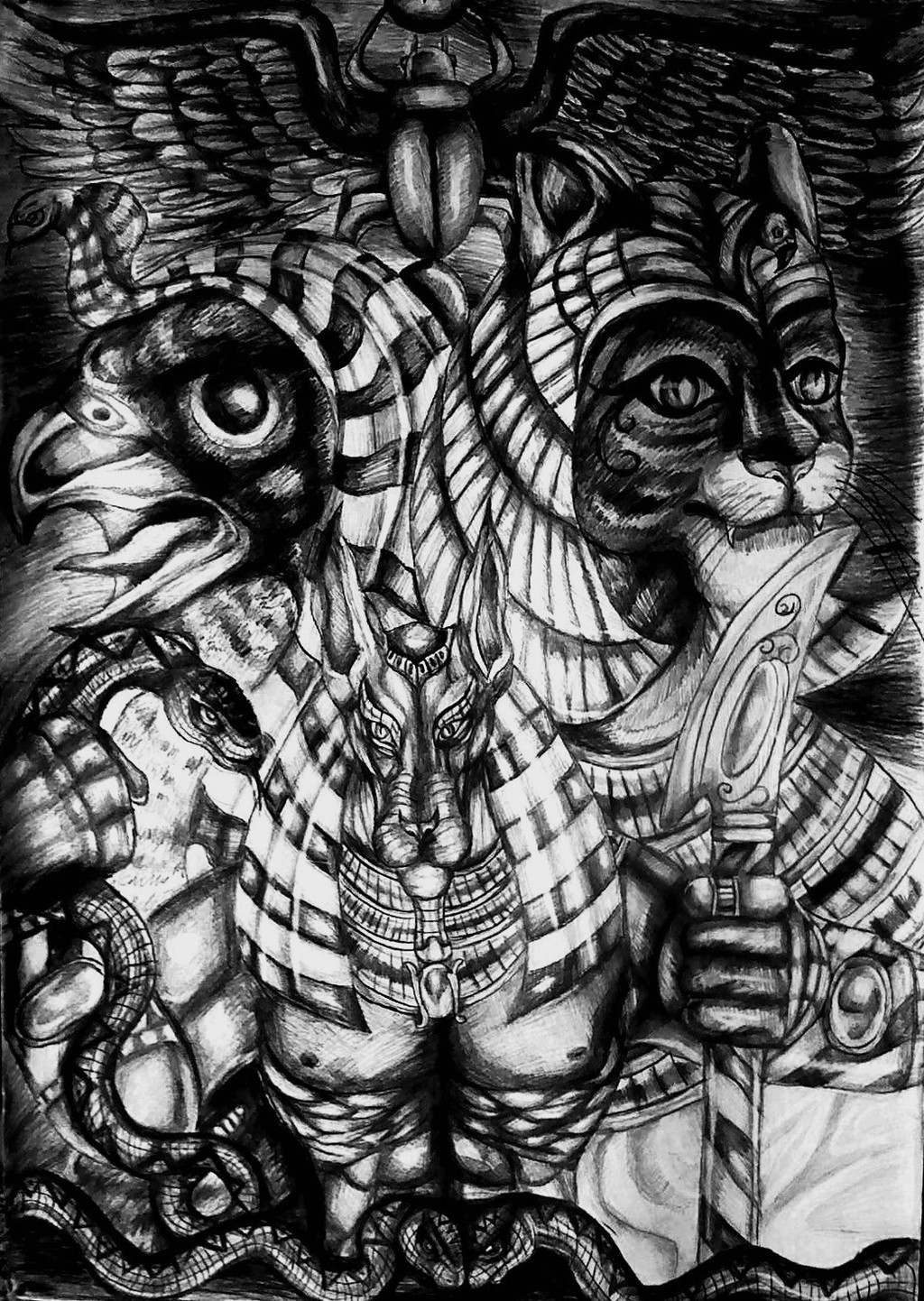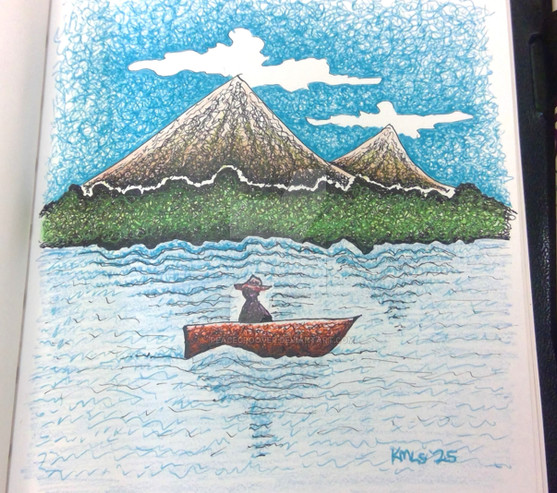HOME | DD
 emeraldnephilim8 — Egypt the chains are on
emeraldnephilim8 — Egypt the chains are on

Published: 2013-06-08 19:51:53 +0000 UTC; Views: 2741; Favourites: 44; Downloads: 9
Redirect to original
Description
Anubis (/əˈnuːbəs/ or /əˈnjuːbəs/;[2] Ancient Greek: Ἄνουβις) is the Greek name[3] for a (presumably) jackal-headed god associated with mummification and the afterlife in ancient Egyptian religion. He is the son of Nephthys and Set according to the Egyptian mythology. According to the Akkadian transcription in the Amarna letters, Anubis' name was vocalized in Egyptian as Anapa.[4] The oldest known mention of Anubis is in the Old Kingdom pyramid texts, where he is associated with the burial of the pharaoh.[5] At this time, Anubis was the most important god of the dead but he was replaced during the Middle Kingdom by Osiris.[6bastet cat godess
Ra /rɑː/[1] or Re /reɪ/ (Egyptian: 𓂋ꜥ, rˤ) was the ancient Egyptian solar deity. By the Fifth Dynasty (2494 to 2345 BC) he had become a major god in ancient Egyptian religion, identified primarily with the midday sun. The meaning of the name is uncertain, but it is thought that if not a word for 'sun' it may be a variant of or linked to words meaning 'creative power' and 'creator'.[2]
The major cult centre of Ra was Heliopolis (called Iunu, "Place of Pillars", in Egyptian),[3] where he was identified with the local sun-god Atum. Through Atum, or as Atum-Ra, he was also seen as the first being and the originator of the Ennead, consisting of Shu and Tefnut, Geb and Nut, Osiris, Set, Isis and Nephthys.
carabs were popular amulets in ancient Egypt. According to ancient Egyptian myths, the sun (Ra) rolls across the sky each day and transforms bodies and souls. Modeled upon the Scarabaeidae family dung beetle, which rolls dung into a ball for the purposes of eating and laying eggs that are later transformed into larva, the scarab was seen as an earthly symbol of this heavenly cycle. This came to be iconographic, and ideological symbols were incorporated into ancient Egyptian society.





























